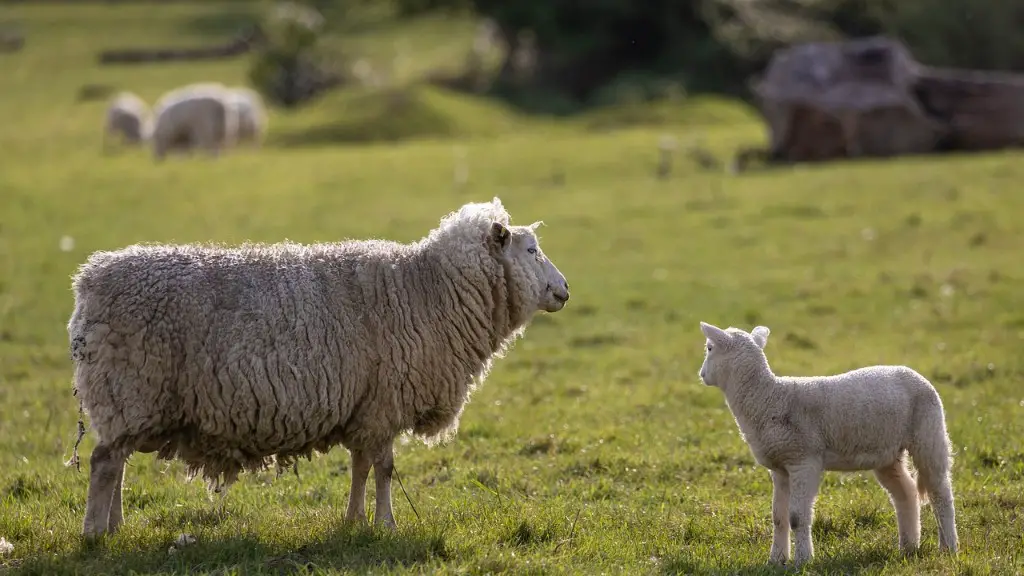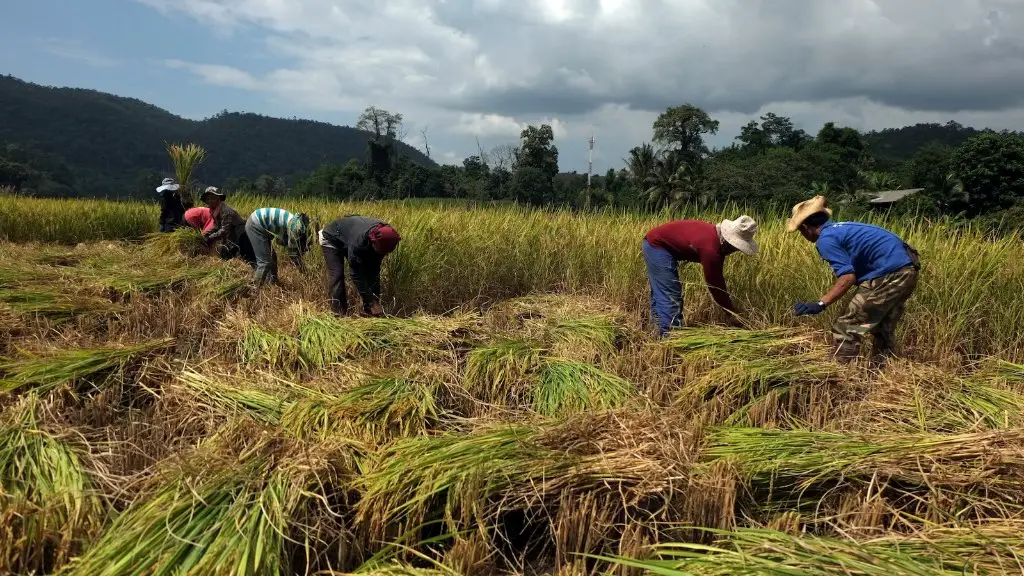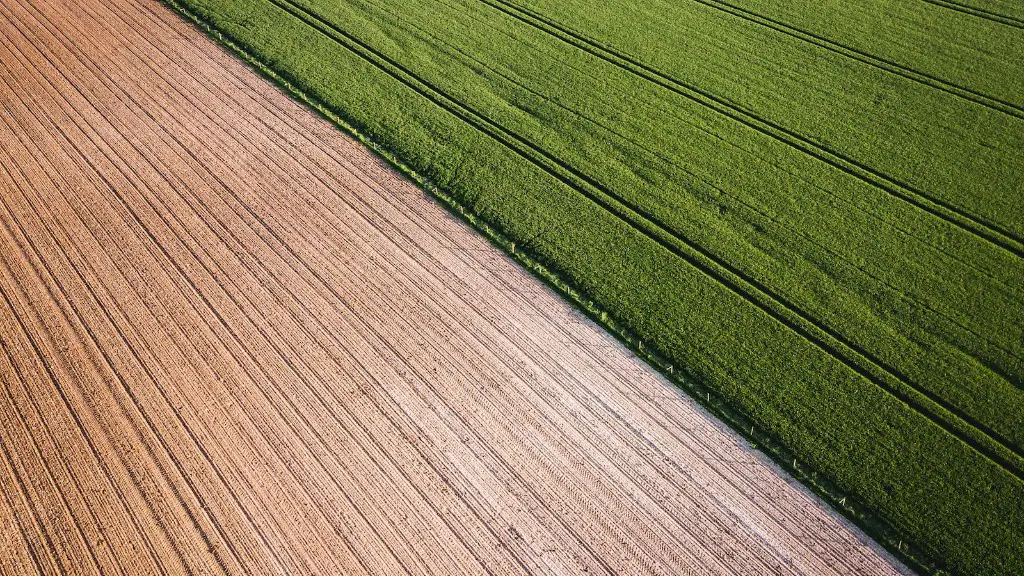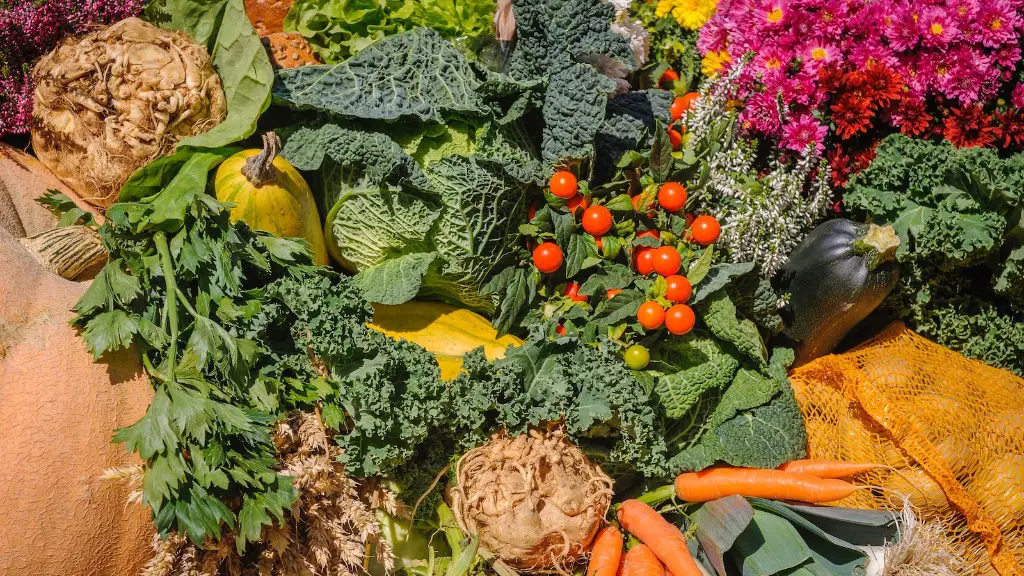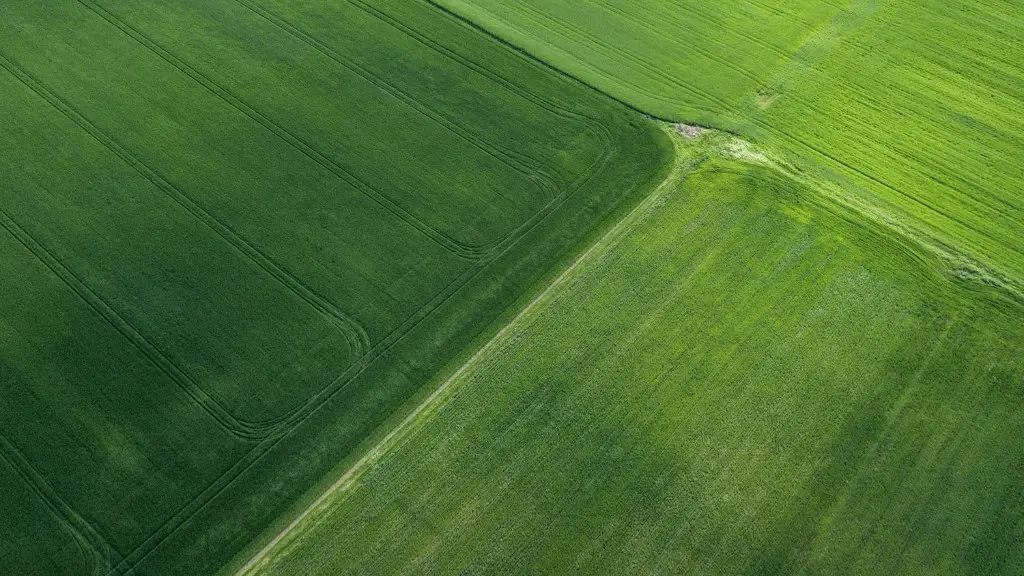Silviculture is a branch of agriculture that focuses on the production and management of forests. It involves the use of scientific methods to manage forests for timber, recreation, and other purposes. This branch of agriculture focuses on the selection and planting of trees, the growth of the forest, and the removal of dead or damaged trees. There are several silvicultural techniques that can be used to manage the growth of forests and the production of timber. These techniques are based on the natural characteristics of the forest and its environment.
Silviculture includes the creation of artificial forests through planting, cutting, and thinning techniques. Planting of trees is done with the goal of creating a desirable stand of forest that meets the management goals. Cutting is done to promote the growth of selected trees and to remove unwanted trees. Thinning is done to control the density of trees in a stand and to regulate the amount of light, water, and nutrients available for growth.
Silviculture also involves the implementation of forest management plans. These plans help determine which parts of the stand to cut, thin, or leave undeveloped. They also help set rules and regulations for activities such as harvesting, recreation, and habitat protection. In addition, silviculture helps determine which tree species are best suited for a particular location and climate.
Silviculture also involves the use of forest fire prevention and control measures. Through such means, outbreaks of wildfires can be limited, and areas of the forest may be spared from destruction by controlling the spread of fire. In addition, controlled burning of small stands of trees can help reduce competition for soil, light, and water.
Silviculture plays an important role in the conservation and maintenance of forests. Through silvicultural practices, forests are managed to protect the environment, promote sustainable timber and timber products, and protect bio- diversity. It is an important contribution to forest management and is essential to the conservation of forest ecosystems.
The Benefits of Silviculture in Agriculture
Silviculture offers a number of distinct benefits to the agricultural sector. Firstly, it is beneficial in terms of timber production. Silviculture increases timber yields and helps to regulate the quality of the timber, thereby improving its value. Additionally, silviculture can help farmers to diversify their incomes and create new sources of income that are not dependent on crop production.
Silviculture is also beneficial in terms of conservation. It can help to protect natural habitats, ensure greater biodiversity, and protect large areas of forest from damage caused by fires and pests. In addition, silvicultural practices can help to prolong the life of existing forests and encourage the regeneration of woodland areas.
Finally, silviculture is beneficial for the climate. Forests provide vital services, such as carbon sequestration, and their management under silvicultural practices can help to maintain these services. Silviculture can also help to reduce greenhouse gas emissions, as trees are an important part of the cycle of oxygen and carbon dioxide in the atmosphere.
Silviculture Practices
Silviculture employs a variety of methods and techniques to manage forests and promote timber production. The most common silvicultural practices are selection cutting, planting, and pruning. Selection cutting involves the removal of certain trees from the forest that are deemed less valuable while leaving others that are more valuable. Planting involves the planting of trees of desired species in predetermined areas of the forest.
Pruning involves trimming or trimming back branches and limbs of trees in order to encourage better growth and increase timber production. Pruning also involves controlling the spread of disease and pests within the stand. With its various techniques, silviculture can help to ensure the production of timber of the desired specifications and quality.
Impacts of Silviculture on the Environment
The impacts of silviculture on the environment depend on the type of silvicultural practices employed and their intensity. For instance, some practices, such as planting or clear cutting, may cause impacts on the environment such as soil erosion, nutrient loss, and water pollution. As well, certain methods, such as burning, can result in air pollution and the loss of natural habitats.
The impacts of silviculture may also extend beyond the immediate vicinity of the practice. For instance, if trees are removed from an area, they may no longer contribute to the maintenance of local biodiversity or the control of water runoff. Similarly, the extraction of timber from an area can lead to changes in local hydrology.
Silviculture can also negatively impact local and regional climates, either through the release of emissions or the replacement of reflective surfaces with absorbent ones. As a result, it is important for those engaging in silviculture to consider the potential environmental impacts of their practices before implementing them.
Effects of Silviculture on Biodiversity
Silviculture can also have a significant effect on the biodiversity of a region. By opening up new areas of forest, silvicultural activities can increase the range and abundance of species of fauna and flora. As well, the introduction of planted species can lead to interbreeding with local species, which can alter their genetic composition.
On the other hand, certain silvicultural practices can reduce biodiversity due to the loss of native species and their habitats. For instance, clear-cutting can lead to the removal of the entire stand of trees, leaving the existing wildlife without a habitat. In addition, certain management methods, such as burning, can have negative impacts on local wildlife and their habitats.
Overall, silviculture can be an important tool for the management of forests and the cultivation of timber. When practices are properly planned and implemented, silviculture can be beneficial for timber production as well as the environment. However, it is important to be aware of the potential impacts of silviculture on the environment, biodiversity, and local and regional climates.
Impact of Silviculture on Soil Quality
Silviculture can impact soil quality in a variety of ways. In some cases, the impact can be positive if practices such as planting and thinning are implemented in a way that promotes the retention of soil moisture and slows the rate of erosion. By reducing soil erosion, silviculture can help improve soil structure, fertility, and overall soil quality.
In other cases, silviculture can have a negative impact on soil quality. Practices such as clear-cutting and burning can reduce the amount of organic matter in soil, resulting in a decrease in microbial action. This can lead to nutrient deficiencies and an overall decrease in soil quality.
Finally, activities such as road-building and logging can cause increased erosion and compaction of soils, resulting in a decrease in soil fertility. Thus, it is important that silviculture be conducted in a manner that takes into consideration the impacts on soil quality and health.
Economic Implications of Silviculture
Silviculture can lead to economic benefits both on the local and regional levels. By increasing timber yields and improving timber quality, silvicultural practices can lead to increased timber production, sales, and prices. This, in turn, can lead to increased economic activity in the form of employment opportunities, investments, and other sources of income.
On a broader level, silviculture can increase the value of timber products, as well as the demand for timber-related services. This can lead to increased economic growth and development, as well as job creation. Furthermore, silviculture can help to promote better land management and help protect natural resources.
At the same time, silviculture can also lead to economic costs in the form of the costs associated with the necessary labor and equipment needs, as well as the costs associated with regulations and management activities. There may also be costs associated with the impact of silviculture on the environment, such as air and water pollution.
Therefore, it is important to consider the economic implications of silviculture activities before conducting them. It is also important to consider the impacts on the environment, soils, and other areas, and to take necessary measures to manage these impacts.
